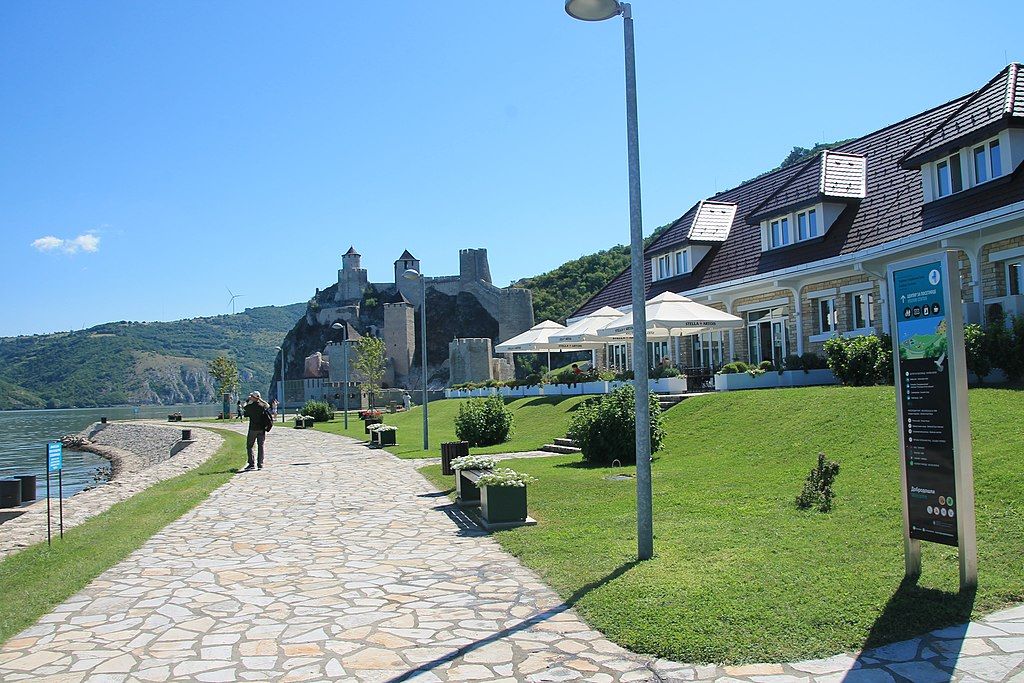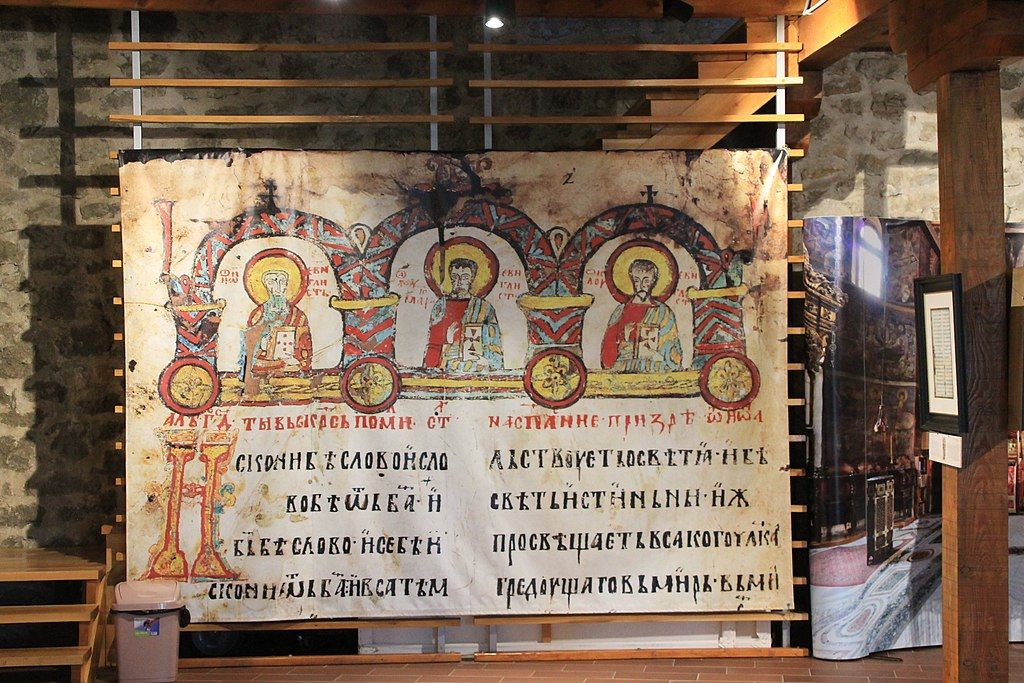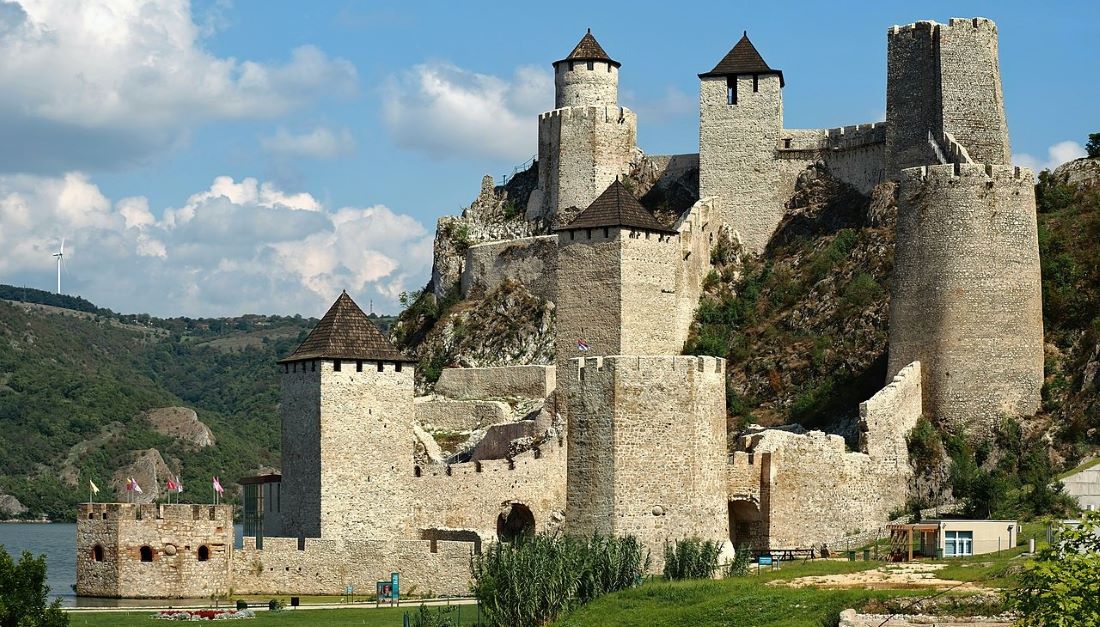Golubac Fortress, perched majestically on the banks of the Danube River in Serbia, stands as one of the most breathtaking medieval fortresses to grace the European landscape. Its imposing structure and strategic location evoke images reminiscent of fortresses straight out of Tolkien’s epic trilogies, casting a spell of ancient mystique and timeless beauty. This architectural marvel, with its history steeped in tales of battles, knights, and empires, offers a glimpse into the past where the line between history and legend beautifully blurs. As it watches over the Danube, Golubac Fortress remains a testament to the enduring strength and allure of medieval fortification, inviting travelers and history enthusiasts to explore its storied walls.
History of the Golubac Fortress
Golubac Fortress, a medieval stronghold, located on the territory of present-day Serbia, commands a strategic position at the Iron Gates of the Danube River, marking a pivotal point in European history. Its origins, while not precisely dated, are deeply entrenched in the fabric of Southeastern Europe’s tumultuous past. The fortress was first mentioned in historical records in 1337, highlighting its role as a Hungarian military outpost under the reign of King Louis I. This period underscores the fortress’s significance in controlling the vital trade and military route along the Danube, serving as a key defensive structure against incursions from various directions. The strategic importance of Golubac is further exemplified by its frequent change of hands among regional powers, notably during the late 14th and early 15th centuries, as it became a contested prize between the Serbian state, the Kingdom of Hungary, and the advancing Ottoman Empire.
The fortress’s historical narrative is punctuated by significant events that reflect the broader geopolitical shifts in the region. Before its capture by the Ottomans in 1389, the fortress was an integral part of Serbia under Prince Lazar, symbolizing the Serbian resistance against the advancing Ottoman Empire. The period between 1402 and 1410 marked a new chapter when Golubac came under the control of the Serbian Despotate. Despot Stefan Lazarević renovated and expanded the fortress, constructing the entire outer fortification and a palace in the coastal area.

The subsequent centuries saw Golubac at the heart of the conflict between the Ottoman Empire and Christian Europe, notably during the siege by Hungarian forces in 1428 and its eventual damage in 1437 during another significant attack. These events, coupled with the fortress’s strategic relinquishments and recaptures, notably in 1454 when Mehmed II demanded its return, underscore Golubac’s role not just as a military bastion but as a symbol of the enduring struggle for control in Southeast Europe. Its history, marked by these pivotal moments and the legacy of the various powers that have held it, makes Golubac Fortress a storied monument to the region’s complex past.
Architecture of Golubac Fortress
The Golubac Fortress, with its strategic design molded by the terrain, showcases a remarkable blend of medieval architecture and military innovation. Comprising nine towers linked by ramparts and a distinguished palace, the fortress reveals a fundamental division into two distinct sections: the inner fortress, featuring the highest Donjon tower, famously known as the Hat Tower, and the outer fortress, which bore the brunt of attacks during wars. The inner fortress or Upper Town represents the oldest part of the construction, while the expansion under the reign of Despot Stefan Lazarević (1377-1427) is credited with the addition of the palace and the defensive system of towers and ramparts of the outer fortress. The entrance to the fortress, located on the western side, was accessed through the Main Gate, which was protected by a wooden bridge over a water-filled moat, reflecting the strategic defensive considerations of the era.

The evolution of the Golubac Fortress over time underscores its adaptation to changing military technologies. Initially designed for cold weapons, the fortress underwent significant modifications during Ottoman rule, including the construction of a cannon tower for port defense and the addition of battlements on the towers of the outer fortress. These battlements were not only reinforcements but also facilitated the ricocheting of cannonballs, a necessary adaptation to the advent of firearms in the 15th century. This architectural transformation of the Golubac Fortress illustrates the continuous evolution of military strategies and the ingenuity of medieval engineering, marking it as a site of both historical significance and architectural wonder.
The Golubac Fortress Today
Today, the Golubac Fortress stands not just as a silent witness to the history of Serbia and the Danube region but as a vibrant tourist destination, having undergone extensive restoration in recent years. This medieval stronghold, once the stage for numerous historical events, now welcomes a large number of visitors annually, eager to explore its ancient walls and delve into its past. The fortress offers a range of attractions, from permanent exhibitions that showcase its rich history to special exhibits that bring to light various aspects of medieval life and the fortress’s strategic importance throughout the centuries.

In addition to the historical exhibits, the Golubac Fortress has introduced an enchanting new experience for its visitors. A medieval boat, known as a šajka, has arrived among the fortress’s walls, offering tours that provide a unique perspective of the fortress from the water. This boat ride around the fortress walls promises a novel and immersive experience, allowing guests to see the majestic structure from a different angle and enjoy the beauty of the Danube in a completely new way.

For those looking to dive deeper into the history and mysteries of Golubac Fortress, historical guided tours are available by appointment. These tours offer an in-depth look at the fortress’s past, from its strategic military role to the daily lives of its inhabitants. Visitors can learn more about the Golubac Fortress, plan their visit, and stay updated on upcoming events and exhibitions by visiting the official website at tvrdjavagolubackigrad.rs. This portal not only serves as a gateway to exploring the fortress itself but also offers a glimpse into the rich tapestry of history that Golubac Fortress has been a part of for centuries.
Historical Challenge: Can You Conquer the Past?
Answer more than 18 questions correctly, and you will win a copy of History Chronicles Magazine Vol 1! Take our interactive history quiz now and put your knowledge to the test!

